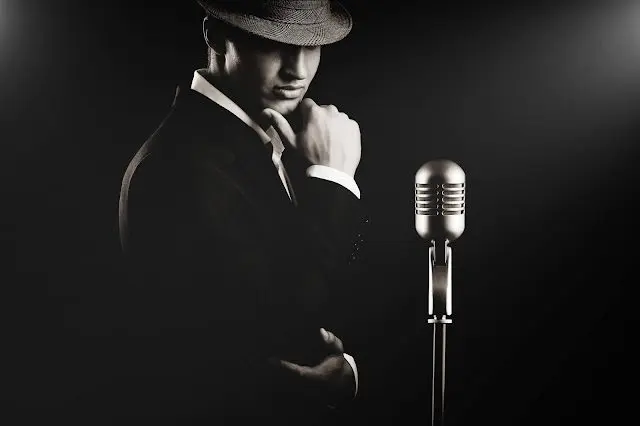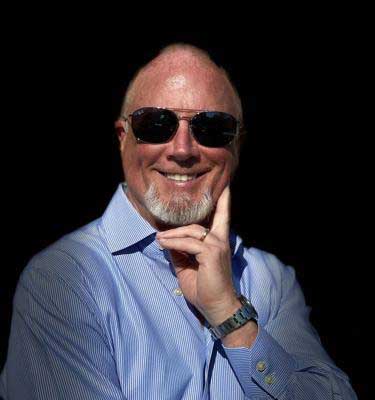Entertainer VS Artist – Which Is Better?
When you’re performing on stage, which do you think is the stronger mode to be in… over the top pedal to the metal or still waters run deep and nuanced? In other words… is it better to be an Entertainer or an Artist?
OK, dear voice, I’ll cut to the chase: If your goal is a successful career as a music performer, you need to be both entertainer AND artist. Are there successful performers that are primarily one or the other? Yes. But strengthening the mode you’re weakest in will significantly improve your performance impact, and therefore your career value.
Now let’s talk about the differences between these two modes, and how it’s possible to use both.
THE ENTERTAINER MODE: Audience First, Song Last.
Pros:
- You know how to interact with the audience to get them verbally and/or physically involved, laughing, answering your questions, singing along, swaying, clapping and sometimes even dancing to your performance.
- You can connect directly and personally with your audience to form a bond that can turn them into fans and supporters of your music.
- You are comfortable performing in front of a lot of people and are less likely to be plagued with performance Anxiety or stage fright.
Cons:
- You are too present with your audience, like an actor communicating with the usually forbidden 4th wall in stage acting. You are often focused on the wrong heart, and sing every song at the same volume level, with the same emotional dynamics even when they are inappropriate with the actual material you’re communicating. For instance, you sing a sad song with a smile. Or you sing a lyric to the audience that is NOT written to the audience, such as…
- Some day I’ll be living in a big ole city, but all you’re ever going to be is mean! (Taylor Swift)
- I can’t make you love me if you don’t. (Bonnie Raitt)
- You’re so vain! (Carly Simon)
- You sound at best, like a talented bar singer or Vegas entertainer who is just performing everything at the same level. Unless the lyric is a crowd rant, there is no real meaning being communicated. At worst, you sound inauthentic or numb. (Granted, there are bar singers out there who are better artists than some on the radio. We’re not talking about them:)
- Your vocal health can be compromised by constantly pushing sound to the audience without enough breath control.
THE ARTIST: Song First, Audience Last
- You are able to use the scene the song is set in to direct your choices of vocal nuances, tone and dynamics that will get the strongest authentic response from your target heart.
- An artistic performance will lead to a much more interesting experience for anyone else who is listening, and you’ll get more of what I call the ‘gravy’ responses of audience applause and industry that could become interested in your career.
- Singing in artist mode tends to be a deeply creative and satisfying experience.
- You aren’t present enough with your audience. While you are deeply connected to the material you’re singing, you may make inappropriate choices of
- muddy articulation (you’re not really concerned that anyone outside your performance bubble understands your lyrics)
- a boring lack of physical movements and stage performance skills.
- You fail to connect with your audience by acknowledging their applause, making eye contact or thanking them, often turning your back on them which leaves them feeling unseen and unappreciated.
- You may be prone to performance anxiety or stage fright, resulting in weak vocal technique and voice-sabotaging tension. You find it difficult and stressful to talk to fans or press when you are not singing. You may have problems being fully present in interviews.
ARTIST-ENTERTAINER: Song and Audience Balance
- Be in song-first artist mode when you are in the act of delivering the song,.
- Be in audience-first entertainer mode at all other times.
- SOMETIMES switch modes deliberately in the middle of a song.
- Be very clear to whom each song in your set is directed. If it is a story song to your audience, make sure you focus to the one heart of the room like a laser beam instead of to everyone like a flashlight beam.
- At the first note of the song’s instrumental intro, go into character and focus your mind into the scene of the lyric.
- Then communicate to the target heart so well that you get the response you want, even if it’s just in your imagination. You’ll pull the listening audience into your performance like a magnet.
As I wrote in my Instagram feed a while back:
Sing to one heart, and the Ocean will hear you.
- Before you even take the stairs to the stage, send your presence out to the whole venue where your audience is waiting. Walk onstage with them firmly in your mind’s grasp, and acknowledge them at least non-verbally before you begin your first song.
- Be physically active. At least move your hips at the mic stand! Push the envelope of what is psychologically comfortable for you, consider bigger, freer movement. Consider a stage performance coach to help you use communicative body language, both for artist and entertainer modes.
- At the end of your song, make it plain (after a moment’s artistic pause) that you are breaking character with your song, and disconnecting so you can connect with the audience. Look at them. If you must turn your back to get some water or change something, make sure they know you are still with them.
- At the end of the show, again, acknowledge the audience appropriately. Tell them how to reach you and get your music, and leave an imprint on them that you value their contribution to your event. If safe to do so, interact with them after the show.
- You may feel very strange or fake trying on the mode you’re not that familiar with.
- An artist may feel that entertainer mode is over-acting. But on stage… well, great singing is not for the squeamish. Get out of your safe box and do something crazy to please and connect with people who may become your supporters!
- An entertainer may feel bored in acting mode because they aren’t loudly extending themselves in every direction as much as they are used to. Or they may feel fake because they don’t know how to get into character. Get out of your limitations and learn how powerful a voice focused on a single heart can be.
- If you have more of an introverted personality, you will need to practice getting out of your safe zone. But you can do it. Many famous entertainers are actually introverts who learned to act like extroverts. Consider working with a stage performance coach such as Diane Kimbrough who can teach you to expand and use your natural moves to much greater effect.
- If you have more of an extroverted personality, it may be hard for you to focus inwardly enough for artist mode. But you can do it, too. Take acting lessons – especially from good coaches who can teach you how to go into character.
- Or take a lesson with me. I work with both modes and with combining them. I’d love to help you!


























